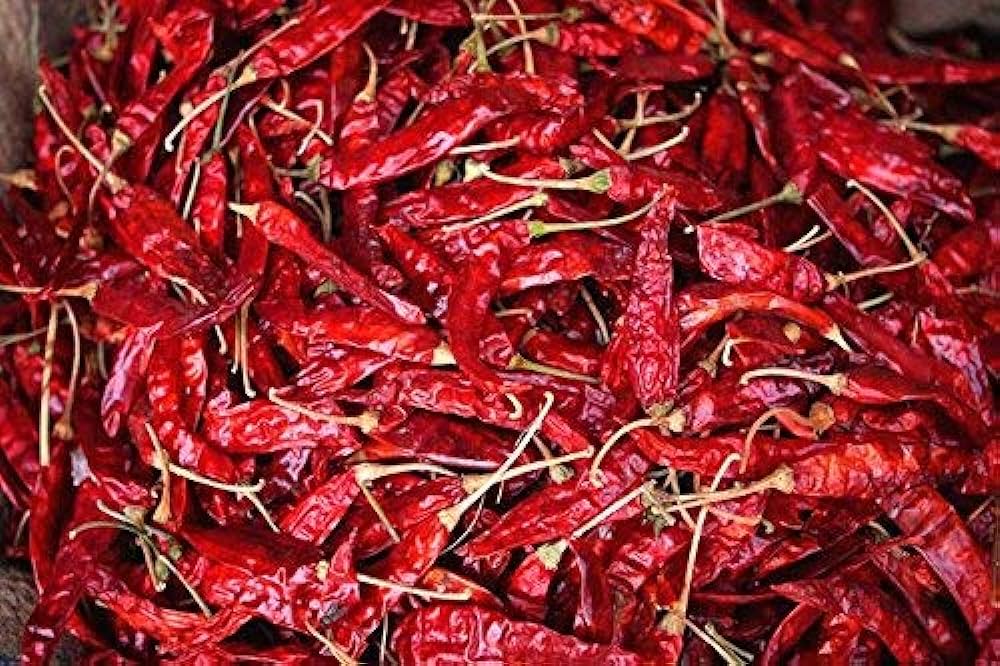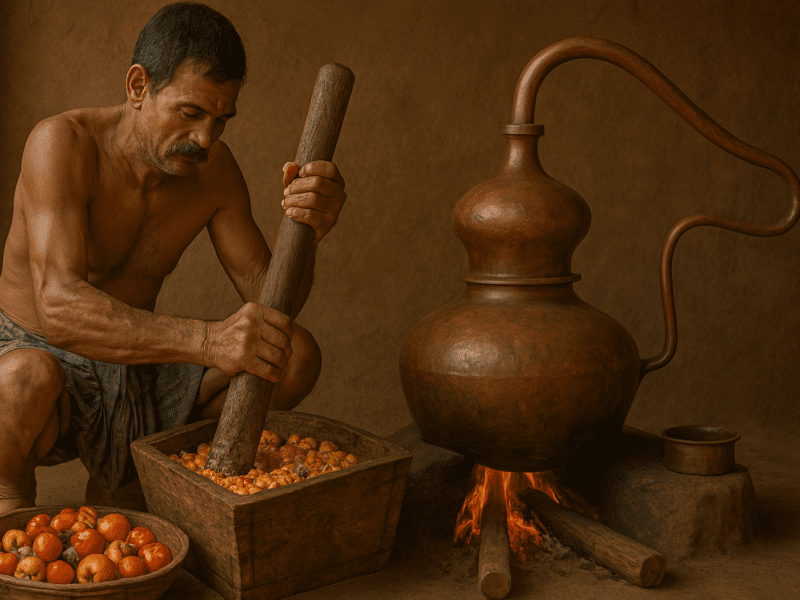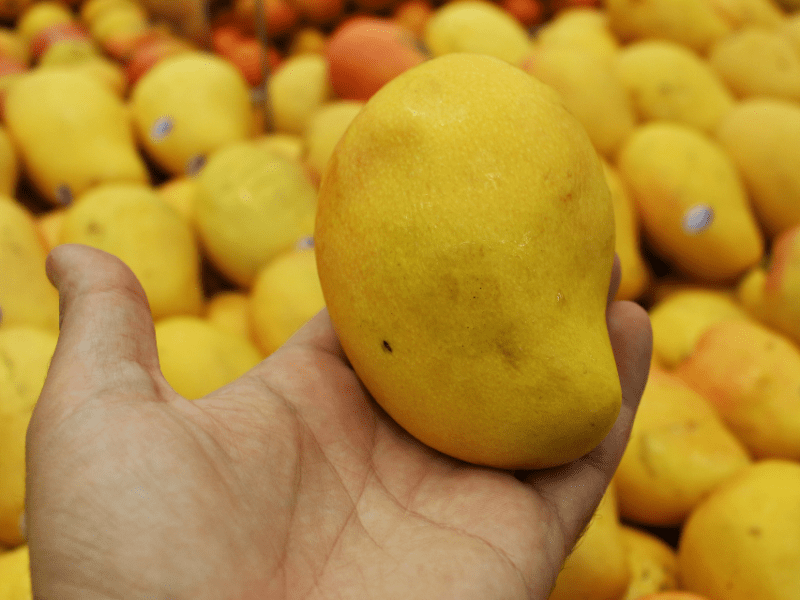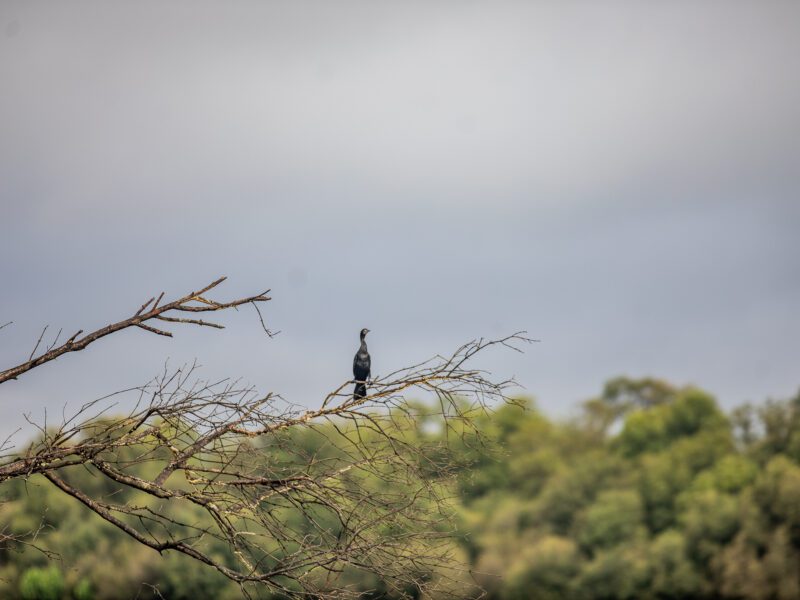Before it became the ‘Party State’ of India, Goa had the moniker of being the ‘Green State’. The reason for this primarily being the traditional occupation of farming. Yes, contrary to popular belief, agriculture is what drove the economy of the state before tourism took pre-dominance. Goa has four primary cities, Margao, Vasco, Panjim and Mapusa, and each of these cities become the primary trade spots for the villages that surround them. In fact even today, majority of the land in Goa is categorised as agricultural or orchard land.
It thus is no surprise that seasons drive the local practices and traditions of majority of the local population.
The last days of Summer before the Monsoons in Goa
Summer brings the best of natures bounty in the trees and fields of Goa. From the luscious mangoes of over nine different varieties excluding the more indigenously available kinds in the villages, to the jackfruits, coconuts, onions, chillies, beans, rice, and millets, its fresh produce galore.
Often enough, Goans based out of the state, plan their annual visits home around the summers. They brave the sweltering temperatures to get a taste of the state’s best, be it from the land or sea. A primary objective of these trips is to also re-stock on dry provisions, like chillies and cereals, which are at their best quality in the months of March to May.
Saving up for the monsoons in Goa
This habit of stocking up, possibly comes from the pre-monsoon traditions of our ancestors. Monsoons in Goa begin in mid-June and continue till the end of August, of course these days with the change in temperatures there’s a little give or take on either side. Annually Goa receives about 330cm of rain, which with it brings high tides and strong winds. These conditions made it difficult for locals to travel to the weekly markets for groceries and fresh provisions before the wider access to cars and roadways, that are more popular in the last decade.

Purument
This monsoon tradition was and still is an important part of Goan households across the state. While you are possibly reading this blog in the comfort of an air conditioned room, or under the cool of a fan, electricity effectively came to the entire state of Goa, in the late 1970’s. It is still sparse in some of the villages even today. Thus the summer sun and sea salt play an important role in this monsoon tradition of Goa.
Drying, salting and spicing before Monsoons in Goa
Goan households devote a large portion of time prior to the monsoons in multiple traditional activities related to food storage and house and property maintenance. The plenty of summer is stored up for the provision in monsoons in Goa. Under the watchful eye of the matriarch, coconuts are gathered, de-husked and segregated. The husk dried and kept aside for use to fire up the chullas, some of the coconuts dried and stored for use in daily cooking, others opened and dried for the kopra to extract the clearest of coconut oil. Onions, red chillies, kokum, alsande-beans, teflan- Goa’s sichuan pepper, turmeric, spice mixes- jeere mere, xacuti, raechado and caldinh, are prepared and line the pantries of the quintessential Goan homes. Garrafaos- the large glass pitchers are filled with cashew feni and Goan vinegar, to last through the monsoon months, the former for home remedies and recreation, the latter for cooking.
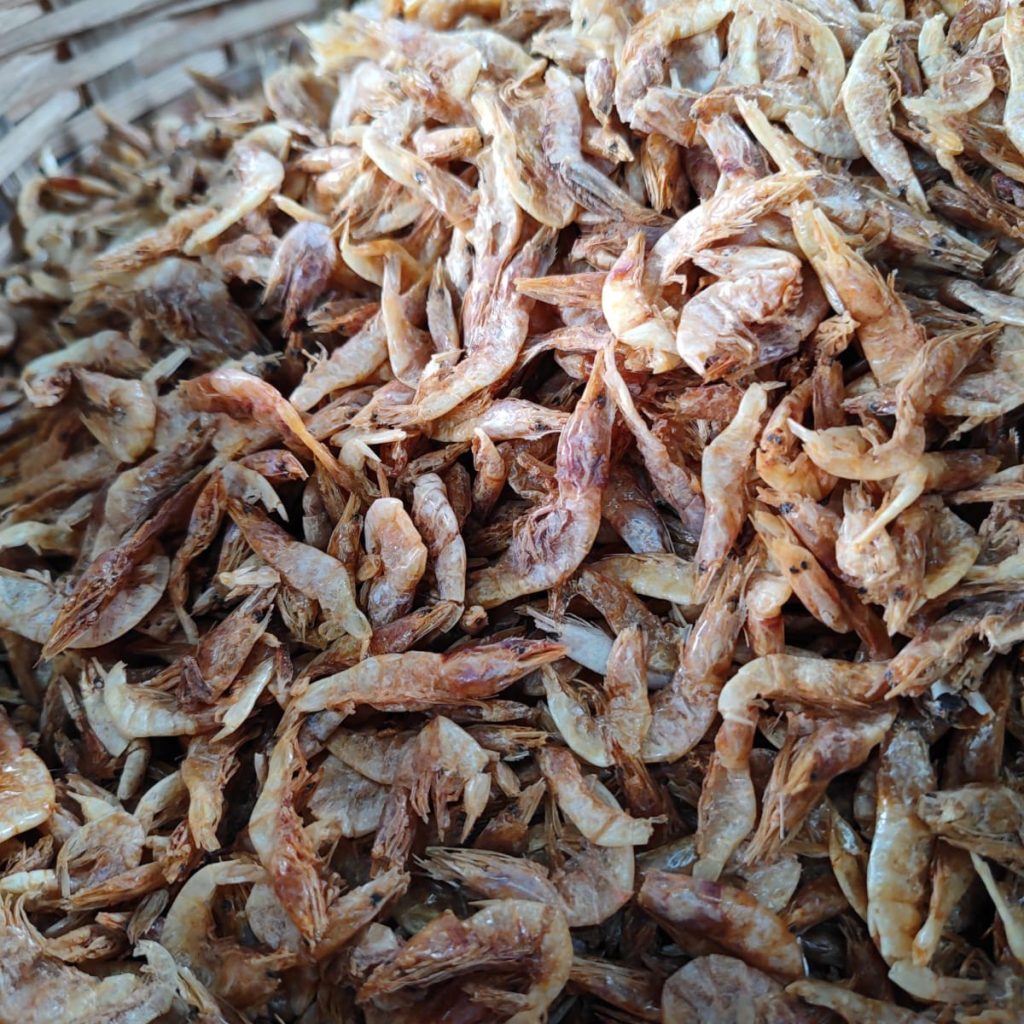
Dried and salted fish form an essential part of provisions for every household during the monsoons in Goa. In the absence of regular sea fishing, the seafood loving Goans will begin fishing more frequently from the rivers and freshwater bodies to satiate their longing for fresh fish, and when that isn’t available, then salt-fish will just have to do. Salted mackerels, sting rays, lady fish, shrimps and prawns are the usual suspects. They are used in traditional recipes to make either parra (a spicy fish preserve), molho- the more milder sweet and spicy pickle, or balchao– the famous Burmese influenced Goan pickle.
Mango pickles like the delicious miscoot, or the stuffed raw mangoes are also an important part of purement. Tendlis, bimblis, brinjals, and limes are cured to perfection for pickles and chutneys that will become a regular treat during lunch and dinners in the monsoons when access to fresh vegetables daily is difficult. However the fare isn’t all about spices and hot flavours, jams like mangaad ensure that Goans are able to let the sweetness of our favourite mangoes linger even as the rains beat down on the shores. In current times, saving up mango pulp and jackfruit pulp in freezers has become a novel way of storage.
It’s not all about food
While Goan women focus on all that needs to be done to keep food on the table, the men busy themselves with activities related to the house and fields. Palm leaves are matted and dried, as traditional covering to be used as waterproofing sheets- tschutta, before blue tarpaulin became more popular. Roof tiles are replaced and re-set to brave the strong monsoon winds. Houses are repaired and tree branches pruned, to ensure they withstand the heavy monsoon rains.

Paddy is dried, boiled and stored, as rice is integral to all meals in a Goan home. Firewood is gathered, chopped, dried and stacked up in out houses of village homes, after all come rain or shine, households need to function like clockwork.
More than meets the eye
What once used to be known as off-season in Goa, has now become a coveted time to visit and holiday. For those who appreciate the green and serene, the monsoons are considered an ideal time for travel. The temperatures drop considerably and make for almost hill station like weather across the state. The overcast skies beckon for a hot cup of rose tea with kakonn– bangle bread, bhojje and kappa, from the local gaddo (street cart). For the more adventurous swims in quarries and visits to waterfalls top the list. Though one must do this with caution, the power of currents and heavy rainfall need to be respected and revered. I for one look forward to the drives along village roads, amongst coconut groves and freshly watered fields to take in the petrichor and get a glimpse of Goa in her most verdant form. The next best option though is connecting with the folks at Soul Travelling to know of their monsoon experiences and trails.
